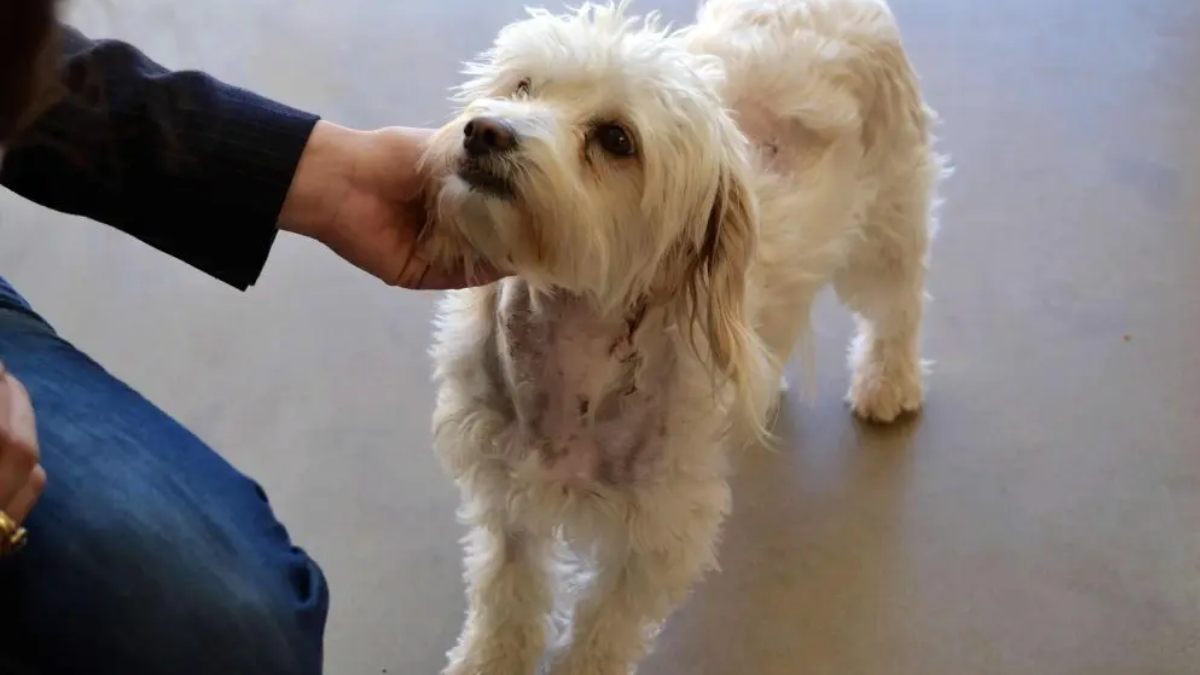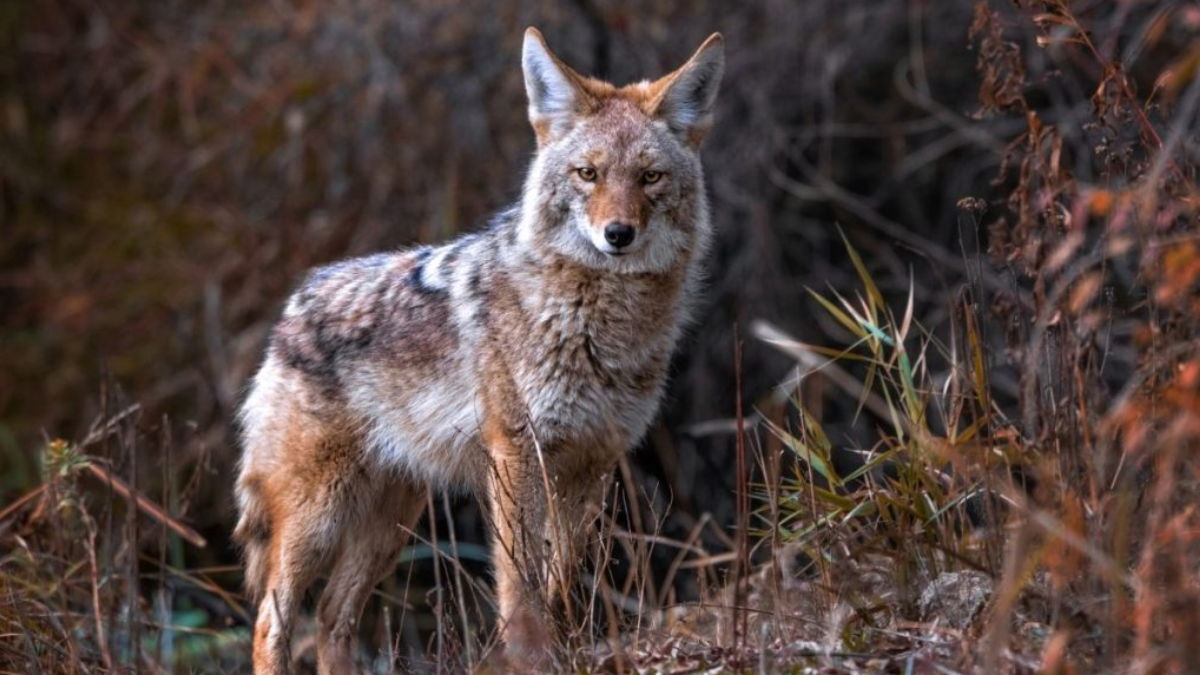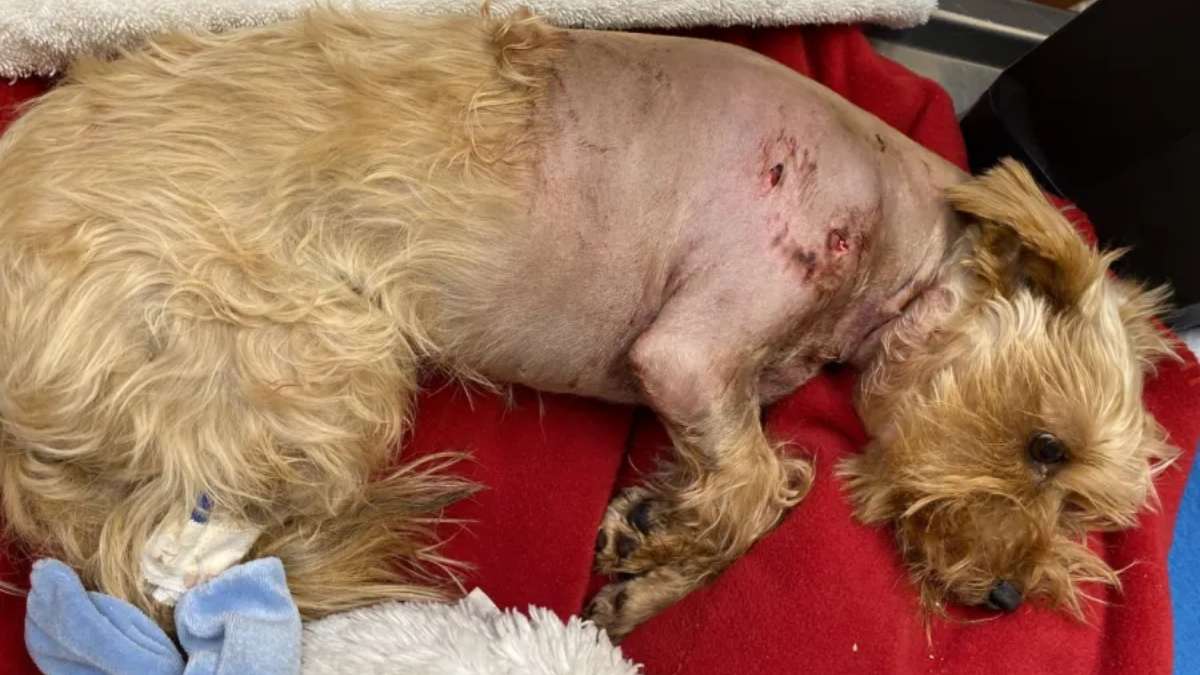Coyotes are a common sight in many parts of North America. While they are generally shy and avoid human contact, there have been instances of coyote attacks on humans and pets. Knowing the signs of a coyote attack can help people stay safe and take necessary precautions when in areas where coyotes are present.
Coyote attacks on humans are rare, but they do occur. Most attacks happen when people are walking their dogs, and the coyote perceives the dog as a threat. Signs of a coyote attack include scratches or bite marks on the dog, as well as signs of struggle such as disturbed ground or vegetation. Coyotes may also stalk their prey before attacking, so if a coyote is seen following a person or dog, it is important to be alert and take precautions to avoid an attack.

It is important to remember that coyotes are predators and should be treated with caution. While they are not usually a threat to humans, it is important to be aware of the signs of a coyote attack and take necessary precautions when in areas where coyotes are present. By being vigilant and taking appropriate safety measures, people can enjoy the outdoors while minimizing the risk of a coyote attack.
Identifying Coyote Attacks
Coyote attacks on pets can be a serious concern for pet owners, especially those living in areas where coyotes are common. Knowing how to identify the signs of a coyote attack can help pet owners take the necessary precautions to keep their pets safe.
Physical Signs on Pets
The most obvious sign of a coyote attack on a pet is visible wounds or injuries. These may include puncture wounds, scratches, or bite marks. In some cases, the pet may have been killed by the coyote. It is important to note that not all injuries on a pet are caused by coyotes, and it is important to rule out other possible causes such as fights with other animals or accidents.
Evidence in the Yard
Another sign of a coyote attack is evidence in the yard. This may include tracks or scat left behind by the coyote. In some cases, there may be signs of a struggle, such as overturned furniture or damaged plants. It is important to note that not all evidence in the yard is caused by coyotes, and it is important to rule out other possible causes.

Coyote Behavior and Presence
Coyote sightings in the area may be a sign that coyotes are present and could potentially attack pets. Coyotes are typically most active at dawn and dusk, so it is important to be aware of their behavior during these times. If a coyote is seen in the vicinity of a pet, it is important to keep the pet on a leash and to keep a safe distance from the coyote.
In the event of a suspected coyote attack, it is important to contact local animal control or wildlife authorities for assistance. They can help to identify the cause of the injuries or evidence and provide guidance on how to keep pets safe from future attacks.
Understanding Coyote Behavior
Coyotes are known for their adaptive behavior and can be found in a variety of habitats, ranging from deserts to forests. Understanding their behavior is crucial to avoid potential conflicts and attacks. This section will cover some of the important aspects of coyote behavior.
Hunting and Feeding Patterns
Coyotes are opportunistic hunters and feed on a variety of prey, including small mammals, birds, reptiles, and even fruits and vegetables. They are known to kill deer, but this is not a common occurrence. Coyotes are also known to scavenge on carrion and garbage.
Territorial Markings
Coyotes are territorial animals and mark their territories with urine, feces, and scent glands. They use these markings to communicate with other coyotes and to establish their dominance. It is important to note that coyotes are not aggressive toward humans unless they feel threatened or cornered.

Nocturnal Activities
Coyotes are primarily nocturnal animals and are most active during the night. They are known to roam around in search of food and water. It is important to avoid walking alone at night in areas where coyotes are known to be present.
In conclusion, understanding coyote behavior is crucial to avoid potential conflicts and attacks. Coyotes are not aggressive towards humans unless they feel threatened or cornered. It is important to be aware of their hunting and feeding patterns, territorial markings, and nocturnal activities to avoid any potential conflicts.
Preventive Measures
Coyote attacks can be prevented by taking certain measures to minimize the risk of contact between humans, pets, livestock, and wild animals. Here are some preventive measures that can be taken:
Securing Livestock and Pets
Livestock and pets are the most vulnerable targets of coyote attacks. To protect them, it is recommended to keep them secure in a fenced area. The fence should be at least 6 feet high and buried at least 1 foot deep to prevent coyotes from digging under it. Additionally, it is important to keep livestock in a barn or other secure enclosure at night. Dogs should always be kept on a leash when outside and should never be left unattended.

Property and Landscape Management
Property and landscape management can also help prevent coyote attacks. Coyotes are attracted to fruit trees, gardens, and compost piles, so it is important to remove fallen fruit and vegetables and to secure compost piles with a lid or fence. Additionally, it is recommended to keep yards and properties well-lit to discourage coyotes from entering.
Human Behavior Modification
Human behavior modification is also an important preventive measure. Coyotes are attracted to food sources left out by humans, so it is important to properly dispose of garbage and not leave pet food outside. Children should be taught not to approach or feed wild animals, and adults should be cautious when walking in areas known to have coyotes. If a coyote is encountered, it is recommended to make loud noises and throw objects to scare it away.
By following these preventive measures, the risk of coyote attacks can be minimized. It is important to remember that coyotes are wild animals and should be treated with caution and respect.
Safety Tips During Coyote Encounters
Encounters with coyotes can be dangerous, especially if they feel threatened or cornered. Therefore, it is important to take certain precautions to ensure your safety. Here are some protective actions and gear you can use during a coyote encounter.
Protective Actions for Humans
- Stand tall and assertive: If you encounter a coyote, make yourself look bigger by standing tall and assertive. You can do this by raising your arms or opening your jacket. This will make you appear more intimidating to the coyote.
- Make noise: Coyotes are more likely to avoid humans who are making noise. You can clap your hands, shout, or use a whistle to make noise and scare the coyote away.
- Back away slowly: If a coyote approaches you, back away slowly while facing the coyote. Do not turn your back on the coyote or run away, as this may trigger the coyote's predatory instincts.

Protective Gear and Tools
- Vest and leash for dogs: If you are walking your dog in an area known to have coyotes, it is important to keep your dog on a leash and use a coyote vest to protect your dog from a potential attack.
- Whistles: A whistle can be used to make noise and scare away coyotes.
- Pepper spray: Pepper spray can be used as a last resort to deter a coyote from attacking. However, it is important to use it only in self-defense and to be aware of wind direction to avoid spraying yourself.
- Flashlight: A flashlight can be used to make yourself look bigger and scare away coyotes.
- PVC pipe: A PVC pipe can be used to make noise and scare away coyotes.
By following these safety tips and using protective gear, you can minimize the risk of a coyote attack and ensure your safety during a coyote encounter.
Legal and Community Resources
Wildlife Management Agencies
If a coyote attack occurs, it is important to report it to the appropriate authorities. In North America, several wildlife management agencies can help in these situations. One such agency is the Department of Natural Resources, which is responsible for managing and protecting wildlife in many states and provinces. They can provide information on coyote behavior and offer advice on how to prevent future attacks.
Humane Society and Animal Control
In addition to wildlife management agencies, the Humane Society and animal control departments can also assist in the event of a coyote attack. They can help capture and remove coyotes from the area, as well as offer advice on how to keep pets and livestock safe. It is important to note that in some areas, it is illegal to trap or kill coyotes without a permit, so it is best to contact these agencies for guidance.

Neighbors and neighborhoods can also be a valuable resource in preventing coyote attacks. By working together to keep pets and livestock secure, and by reporting any sightings or aggressive behavior to the appropriate authorities, communities can help reduce the risk of coyote attacks.
Aftermath of a Coyote Attack
Coyote attacks can be a traumatic experiences for victims, causing physical and emotional harm. Victims need to seek medical attention and report the incident to the appropriate authorities.
Health Care for Victims
Victims of coyote attacks should seek medical attention as soon as possible. Coyote bites can cause serious injuries, including deep puncture wounds and lacerations. Victims may also be at risk of contracting diseases such as rabies or tetanus.
Healthcare providers will evaluate the extent of the victim's injuries and provide appropriate treatment. This may include cleaning and suturing wounds, administering antibiotics, and administering a rabies vaccine.
Reporting and Investigating Incidents
Victims of coyote attacks should report the incident to animal control or local law enforcement as soon as possible. Reporting the incident can help prevent future attacks and provide valuable information for investigating the incident.
Animal control or local law enforcement will investigate the incident and determine if any action needs to be taken to address the situation. This may include trapping and relocating the coyote, or in extreme cases, euthanizing the animal.

Experts recommend that individuals take steps to prevent coyote attacks, such as keeping pets on a leash and not feeding coyotes. By being aware of the signs of a coyote attack and taking appropriate precautions, individuals can reduce their risk of becoming a victim.
Conclusion:
In conclusion, recognizing the "Signs of a Coyote Attack" is paramount for safeguarding both pets and humans in areas where these wild canines roam. Vigilance and awareness of telltale indicators such as unusual behavior in pets, missing pets, tracks, and carcasses are crucial in identifying potential threats and taking preventive measures. By familiarizing ourselves with these signs and implementing appropriate precautions such as securing pets indoors during peak coyote activity hours, installing fencing, and using deterrents, we can significantly reduce the risk of coyote attacks. Furthermore, community education and collaboration with local wildlife authorities are essential in fostering a collective effort to address coyote-human conflicts and promote coexistence.
Moreover, promptly reporting suspected coyote activity to relevant authorities can facilitate timely intervention and mitigation strategies to mitigate future risks. Ultimately, understanding the signs of a coyote attack empowers us to make informed decisions and implement proactive measures to protect our pets, livestock, and ourselves from potential harm. By staying informed, vigilant, and proactive, we can create safer environments for both humans and wildlife, fostering harmony and balance in our shared ecosystems.
Frequently Asked Questions
- What are the signs that a coyote has attacked a pet?
- The most apparent sign that a coyote has attacked a pet is the presence of bite marks on the animal's body. Coyotes typically target the neck and throat area of their prey, leaving puncture wounds that are often deep and severe. Pet owners may also notice that their pet is missing, or that they find blood or fur in the area where their pet was last seen.
- How can you differentiate coyote bite marks from other animal bites?
- Coyote bite marks are typically larger than those of other animals, such as domestic dogs or cats. They are also deeper and more severe, often leaving behind puncture wounds that are several inches apart. Coyote bites may also be accompanied by other signs, such as drag marks or signs of a struggle.
- What behaviors do coyotes exhibit when they attack?
- Coyotes are typically stealthy predators, and they may stalk their prey for some time before attacking. When they do attack, they may approach their prey from behind and attempt to bite the neck or throat area. Coyotes may also circle their prey, nipping at its heels or hind legs to weaken it before going in for the kill.
- Can you identify a coyote presence by evidence left after an attack?
- Yes, several signs can indicate the presence of coyotes in an area. These may include tracks, scat, or the presence of dens or burrows. Pet owners may also notice that other pets or livestock in the area have gone missing or have been attacked.
- What indications suggest a coyote has killed livestock?
- Coyotes typically target smaller livestock, such as chickens or goats. Signs that a coyote has killed livestock may include the presence of bite marks on the animal's body, as well as drag marks or signs of a struggle. Pet owners may also notice that other animals in the area have gone missing or have been attacked.
- How can you tell if an animal's injuries are the result of a coyote attack?
- Coyote bites are typically deep and severe, leaving behind puncture wounds that are several inches apart. The bite marks may also be accompanied by other signs, such as drag marks or signs of a struggle. If you suspect that an animal has been attacked by a coyote, it is important to contact a veterinarian or animal control officer for assistance.




